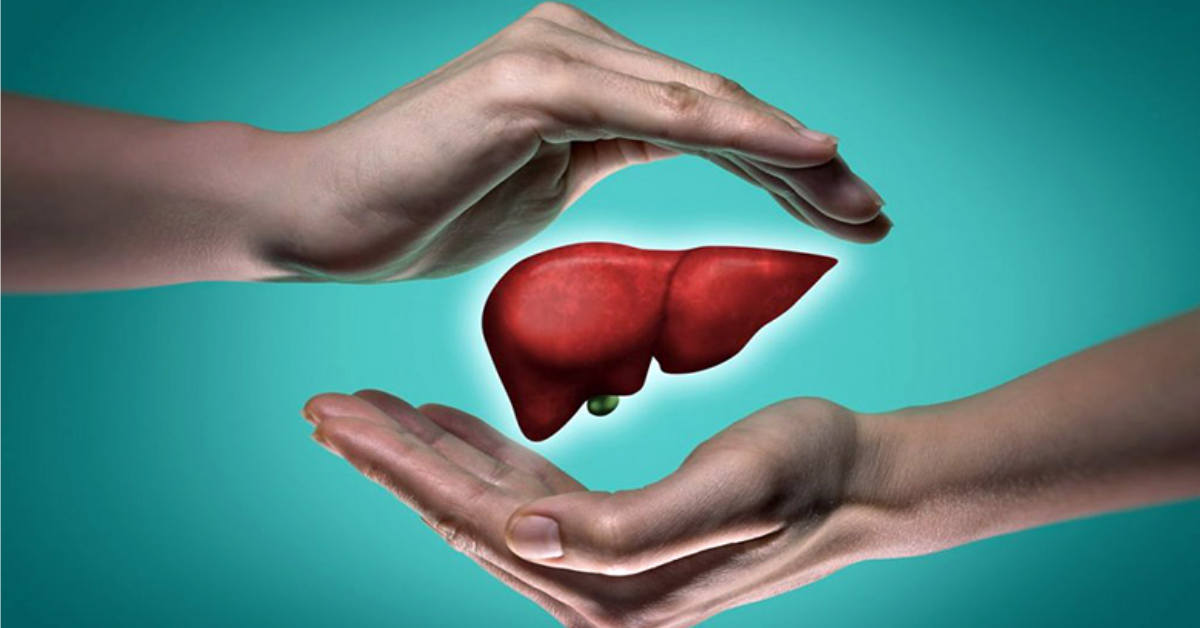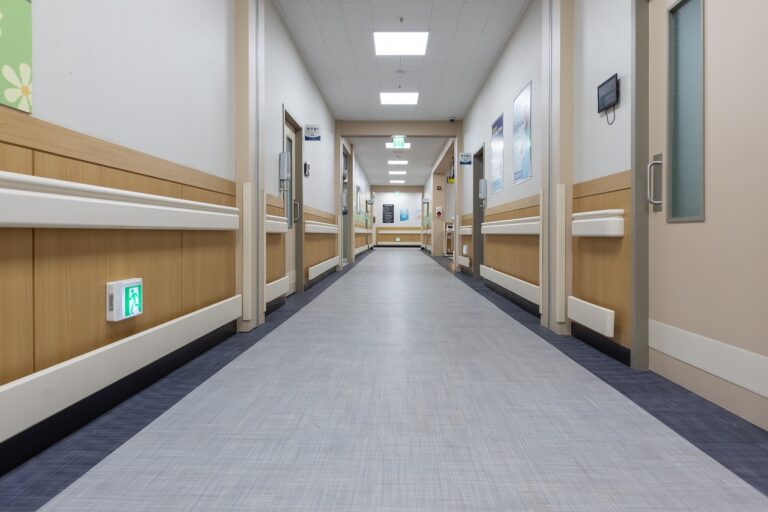Cerebral Palsy Stem Cell Treatment in India: Cost, Process, and Results
Cerebral palsy (CP) is a lifelong neurological disorder that affects movement, posture, and muscle coordination. While traditional therapies help manage symptoms, many families in India are turning towards innovative approaches. One such promising development is Cerebral Palsy Stem Cell Treatment in India. As this cutting-edge therapy gains traction, patients and caregivers are eager to learn about the cost, process, and outcomes associated with it.
This article offers a comprehensive guide to Cerebral Palsy Stem Cell Treatment in India, providing clear insights for those exploring this option for their loved ones.
Understanding Cerebral Palsy and Its Challenges
Cerebral palsy is caused by abnormal brain development or damage to the developing brain, typically before birth. It leads to difficulties with movement, muscle tone, and posture. Some children with CP may also face challenges such as seizures, speech delays, cognitive issues, and sensory impairments.
In India, early intervention through physiotherapy, occupational therapy, and speech therapy remains the standard approach. However, these interventions often provide limited improvement. That’s why many parents now consider Cerebral Palsy Stem Cell Treatment in India as a supplementary or alternative option.
What is Stem Cell Therapy?
Stem cells are the building blocks of the human body, with the unique ability to regenerate into various cell types. In the context of cerebral palsy, stem cells aim to repair damaged neural tissues and improve brain function.
Stem Cell Treatment for Cerebral Palsy in India involves harvesting stem cells—either from the patient’s own bone marrow or from umbilical cord sources—and introducing them into the patient’s body to potentially regenerate or replace damaged brain cells.
This approach is minimally invasive and focuses on addressing the root cause of the condition, rather than just managing symptoms.
Why Choose Cerebral Palsy Stem Cell Treatment in India?
India has become a hub for advanced stem cell therapy due to its affordability, experienced doctors, and globally accredited hospitals. The infrastructure, coupled with ongoing clinical research, makes the country an attractive destination for Cerebral Palsy Stem Cell Treatment in India.
Here are a few reasons why patients consider this treatment:
-
Affordability: Compared to Western countries, the cost of treatment in India is significantly lower.
-
Experienced Specialists: Indian doctors have vast experience in regenerative medicine and neurologically focused therapies.
-
State-of-the-Art Facilities: Top-tier hospitals offer specialized centers for pediatric neurology and stem cell therapy.
-
Customized Treatment Plans: Indian clinics often personalize the therapy based on the child’s age, type of CP, and severity.
The Treatment Process Explained
The Cerebral Palsy Stem Cell Treatment in India process is carried out in stages to ensure maximum safety and effectiveness. Here’s a breakdown of how the therapy is typically conducted:
1. Initial Consultation and Evaluation
A detailed neurological assessment is done to evaluate the child’s current condition. This may include MRI scans, blood tests, cognitive evaluations, and motor function analysis. The aim is to determine whether the child is a suitable candidate for stem cell therapy.
2. Stem Cell Harvesting
In most cases, autologous stem cells (from the patient’s own body) are preferred. Bone marrow is extracted from the hip bone under mild sedation. Alternatively, some clinics offer allogenic (donor-based) umbilical cord stem cells if the family prefers an off-the-shelf option.
3. Stem Cell Processing
The harvested cells are sent to a laboratory for processing, purification, and concentration. This ensures that only the healthiest and most potent stem cells are selected for implantation.
4. Cell Implantation
The stem cells are administered either through lumbar puncture (intrathecal route) or intravenously, depending on the protocol. The goal is to deliver cells close to the affected area for better neurological impact.
5. Rehabilitation and Monitoring
Stem cell therapy alone isn’t sufficient. It’s combined with rigorous rehabilitation—physiotherapy, speech therapy, and occupational therapy—to help the patient adapt and make the most of neurological improvements. Follow-ups are scheduled regularly to track progress.
Results and Outcomes of Cerebral Palsy Stem Cell Treatment in India
The results of Cerebral Palsy Stem Cell Treatment in India vary based on factors like age, severity of the condition, and overall health. However, studies and patient reports show several encouraging improvements:
-
Better muscle coordination and motor skills
-
Reduction in spasticity and stiffness
-
Improved speech clarity and communication
-
Enhanced cognitive functions
-
Greater independence in daily activities
-
Decreased frequency of seizures in some cases
These changes typically begin appearing within a few weeks or months post-treatment and are amplified when paired with consistent rehabilitation.
Cost of Cerebral Palsy Stem Cell Treatment in India
One of the most important considerations for families is the cost. Fortunately, Cerebral Palsy Stem Cell Treatment in India is much more affordable than in countries like the USA, UK, or Australia.
The average cost ranges from ₹4,00,000 to ₹10,00,000 (approximately $5,000–$12,000 USD), depending on:
-
The type of stem cells used (autologous vs. allogenic)
-
The number of stem cell injections
-
Hospital reputation and location
-
Additional therapies and length of stay
Some top-tier hospitals also offer treatment packages, which include consultation, lab work, procedure, and post-treatment rehabilitation.
It’s essential to note that insurance does not always cover regenerative therapies, so families must verify their policy terms or look for medical loans or crowdfunding options.
Is Stem Cell Therapy Safe?
Safety is a top concern when considering Cerebral Palsy Stem Cell Treatment in India. Fortunately, most procedures are performed under strict protocols and follow international medical standards. Complications are rare, and the risk of infection or rejection is minimal—especially when autologous cells are used.
Minor side effects like headache, nausea, or fatigue may occur for a day or two after the injection. However, these symptoms usually subside quickly.
Choosing a certified and well-reviewed clinic is crucial to ensure the safety and success of the therapy.
Factors to Consider Before Starting Treatment
If you’re considering Cerebral Palsy Stem Cell Treatment in India for your child, keep the following factors in mind:
-
Clinic Accreditation: Ensure the clinic is approved by national or international medical boards.
-
Doctor Experience: Look for doctors who specialize in neurology and regenerative medicine.
-
Patient Testimonials: Read or watch real-life success stories to understand what to expect.
-
Post-Treatment Support: Choose a provider that offers continued physiotherapy and monitoring.
Most importantly, have realistic expectations. While stem cell therapy can offer significant improvements, it is not a guaranteed cure. It works best as part of a comprehensive and ongoing treatment plan.
Real-Life Stories: Changing Lives
Many Indian families have shared their positive experiences with Cerebral Palsy Stem Cell Treatment in India. For example, a 6-year-old boy from Mumbai showed enhanced mobility and better speech just three months after receiving stem cell therapy combined with physiotherapy. A young girl from Delhi, who could barely sit upright, began walking with support after six months of treatment.
These individual results are deeply encouraging and indicate the growing potential of this therapy when done at the right center, under expert guidance.
The Future of Cerebral Palsy Treatment in India
As research continues, the future of Cerebral Palsy Stem Cell Treatment in India looks promising. Many hospitals are now participating in clinical trials to refine the process, improve delivery methods, and measure long-term outcomes.
The integration of stem cell therapy with other advancements such as robotic rehabilitation, neurostimulation, and AI-assisted physiotherapy is also paving the way for holistic and effective treatment options.
Conclusion
For families looking beyond traditional therapies, Cerebral Palsy Stem Cell Treatment in India offers a hopeful path. With its relatively low cost, skilled professionals, and growing track record of success, India is becoming a leading destination for regenerative medicine.
However, it’s crucial to do thorough research, consult qualified specialists, and understand that progress may be gradual. With the right approach, stem cell therapy can lead to improved mobility, cognition, and quality of life for children living with cerebral palsy.
In short, Cerebral Palsy Stem Cell Treatment in India is not just a medical intervention—it’s a ray of hope for many families striving for a better future.






